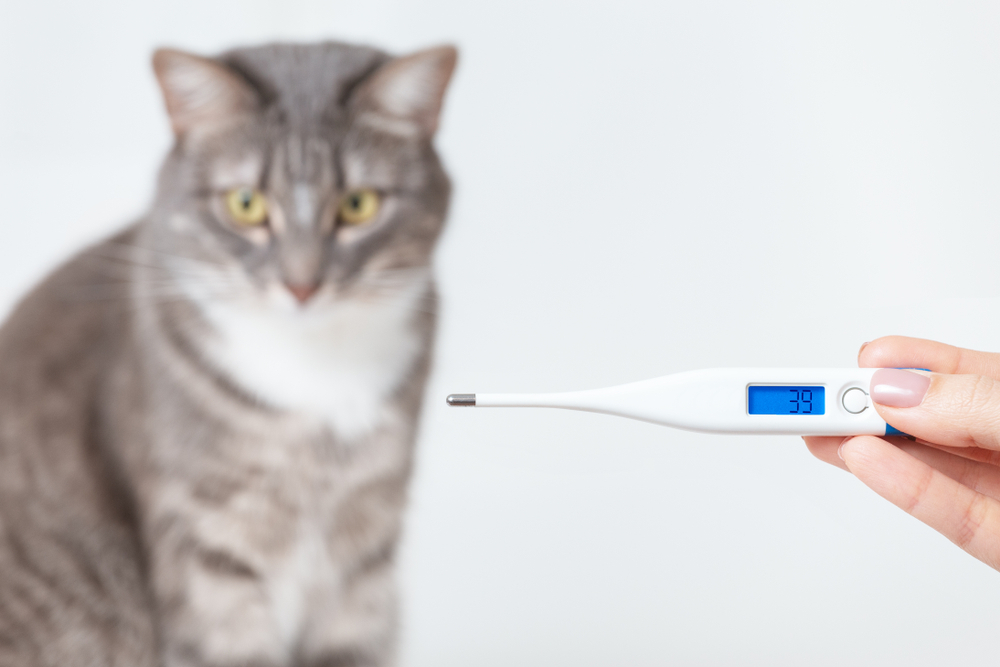Fever is unpleasant and makes us tired. Animals also suffer from increased temperature. Your cat has a fever? That is behind it.
Cat has fever: Introduction
- Fever does not stop even before cats and shows itself like with humans by an increased temperature. However, the causes can be completely different and range from harmless to serious.
- In this article we will explain to you which symptoms fever causes in the cat and which cause or potential diseases are possible. We also give tips for further treatment and reveal whether there are possibilities for prevention.
Symptoms
In contrast to humans, the body temperature in cats is between 38 and 39.2 degrees Celsius. An elevated temperature does not necessarily mean fever in cats, so you should be aware of the following symptoms:
- Dry feces
- Tremble
- Cat does not eat
- Cat coughs
- Joint stiffness
- Dry nose
- Fast breathing
- Cat hides
- Aggressiveness
Causes
Fever alone is not, as often suspected, a disease, but merely the adaptation of the body temperature by the body. This is intended to stimulate the metabolism and speed up the elimination of certain diseases, such as viruses and infections. Sometimes, however, a more serious illness may be the cause.
- Viruses: Viral infections such as cat cold or corona viruses can be extremely critical for a cat. Make sure that your cat is vaccinated. Even after vaccination, fever can occur as protection against attenuated viruses.
- Infection: Bacterial infections, for example through inflammation in the lungs, intestines or heart, can cause fever. Bacteria are primarily triggered by direct contact with the environment.
- Bite wound: Cats often defend their territory unconditionally and sometimes get injured during fights. This can lead to an abscess (pus cavities) or a virus.
- Hyperthyroidism
- Problems with the immune system or poisoning
- Tumors
- Taking medication (e.g. after vaccinations)
Measuring correctly
- To make sure if your cat has a fever, you must of course take a temperature. Animals, what a surprise, do not put a thermometer in their mouth, but the measurement should be taken rectally. With some lubricant or vaseline the cat will hardly notice anything.
- Alternatively the temperature can be measured at the ears. But this method is less accurate, because the result is usually too low. In addition, it is much more comfortable for the cat if the fever is measured rectally.
Treatment
- Of course, the treatment depends on the cause. So if you suspect symptoms in your cat, you should see a veterinarian. Only the veterinarian can make an exact diagnosis and carry out the treatment.
- When the disease is cured, the fever will also go down. Alternatively, antipyretic drugs can be used until the cause is treated.
- If your cat has a fever, be sure to give them enough to drink to keep them from becoming dehydrated. The cat should also stay in a cool room if the body temperature is elevated.
Important: Never give your cat painkillers that you usually take yourself. These are not suitable for cats and can be fatal.
Prevention
- Vaccinations
- Castration
- Leave the cat outside less (if cat often gets injuries)

